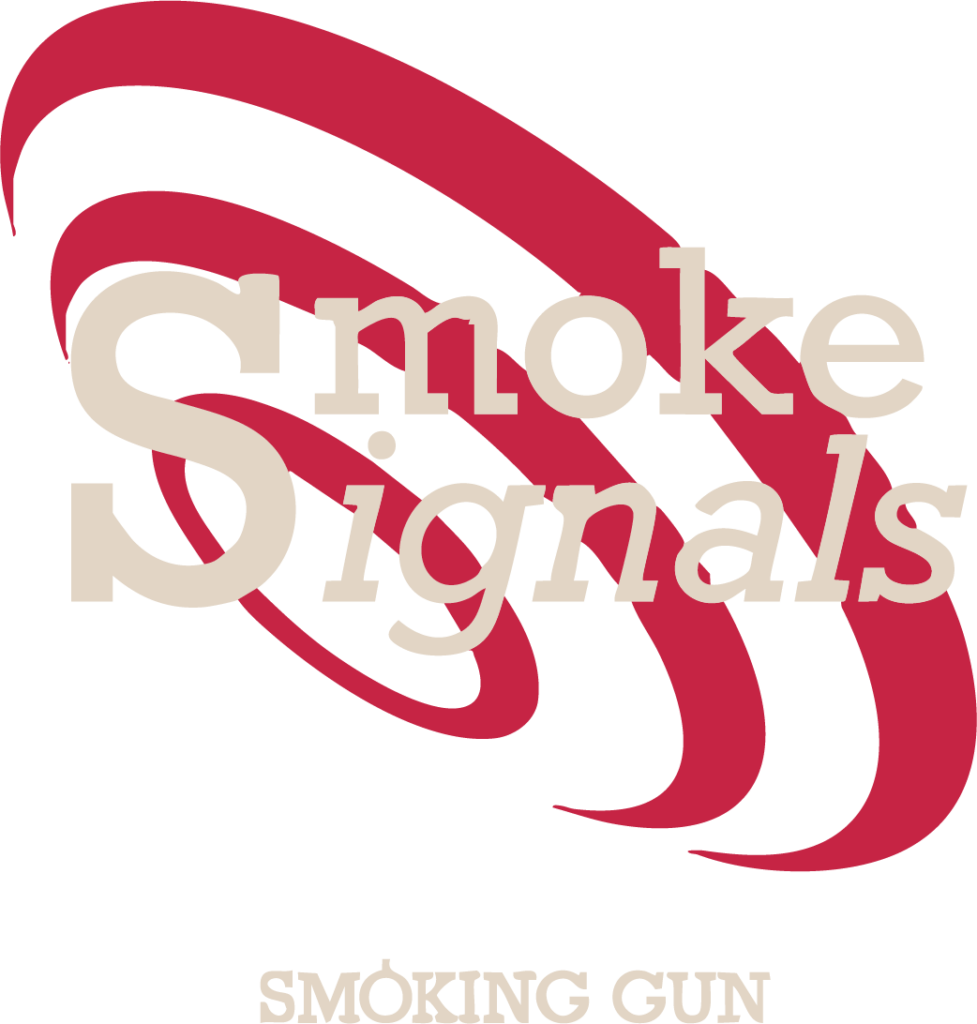
We’re all familiar with the age-old principles of marketing; in order for a business to thrive it must establish itself as a unique force within its sector. The traditional understanding is that this is done by creating an identity, with a clear message at the core.
But what if this isn’t quite true?
According to research by the Ehrenberg-Bass Institute, those following this model could be off the mark. Instead of focussing on positioning, brands need to think about how they can tap into, and alter, consumer habits. A challenge that’s far easier said than done.
Consumer habits are hidden
One of the reasons why habit disruption is due to the difficulty of identifying those habits.
In most cases consumer insights come from public feedback on products and services. We conduct focus groups, ask for input into surveys and analyse reviews in order to ascertain where things are going right, and where they are going wrong.
It’s a logical approach, but this disregards the biggest driving force in brand loyalty— habits at the point of purchase. When people provide feedback of any kind, they usually think of advertising and their own experience of a product. Unfortunately, this gives a misleading picture because making a decision on what to buy relies on structures buried deep in the mind. These are disconnected to the parts of the brain involved in storytelling; for example giving responses to surveys.
In order to alter consumer behaviour, brands must tap into and disrupt these deep-rooted habit structures, rather than simply trying to make people think in a certain way.
Identifying consumer habits
Thankfully, though, we live in an age when big data is widely available, including data relating to what people do at the point of purchase.
Let’s consider online shopping to begin with. Not only can we get a clear overview of how people have arrived at a retail website, we can easily see the entire purchase journey, from initial search to browsing catalogues and final payment. Comprehensive analysis of these patterns can inform us of consumer habits.
In store things are more complex, because we cannot monitor every individual movement across the shop floor. Nevertheless, shops have long understood that physical placement within aisles and on the shelves can make or break a product, and this has developed from decades of trial and error. For instance moving stock around, monitoring impact, and eventually getting a clear understanding of where best to place in order to boost sales.
Changing consumer habits
What all this means is that brands need to think carefully about how people approach making purchases. Then they must gauge how this can be disrupted in a such a way that guarantees people will give the new proposition a try, and if the results work initially this can lead to a long-term change in habits.
Let’s look at some examples:
Dollar Shave Club
This US subscription service for men’s razors offers delivery of new, high-quality heads every month, based on the identification of negative habits in the sector— most guys buy these products on an ‘as-needed’ basis, but forgetfulness and overpricing means they are constantly without fresh replacements or wasting money unnecessarily. Hence the success of this business.
Spotify
The music streaming service was born from a clear habitual trend of consumers— fewer purchases of records, but more use of new product than ever before, primarily online. Spotify tapped into the need for a comprehensive catalogue of tracks and albums that can be accessed from anywhere, delivering good quality recordings at a fraction of the traditional retail price.
Deliveroo
Everyone is a foodie these days, with expectations of what we eat higher than at any point in history. Old takeaways no longer cut the mustard, but demand for delivered eats has never been higher because of how time-starved the public is. Deliveroo has opened up a wealth of high end restaurants to a new market by disrupting the standard model of meals at home.









